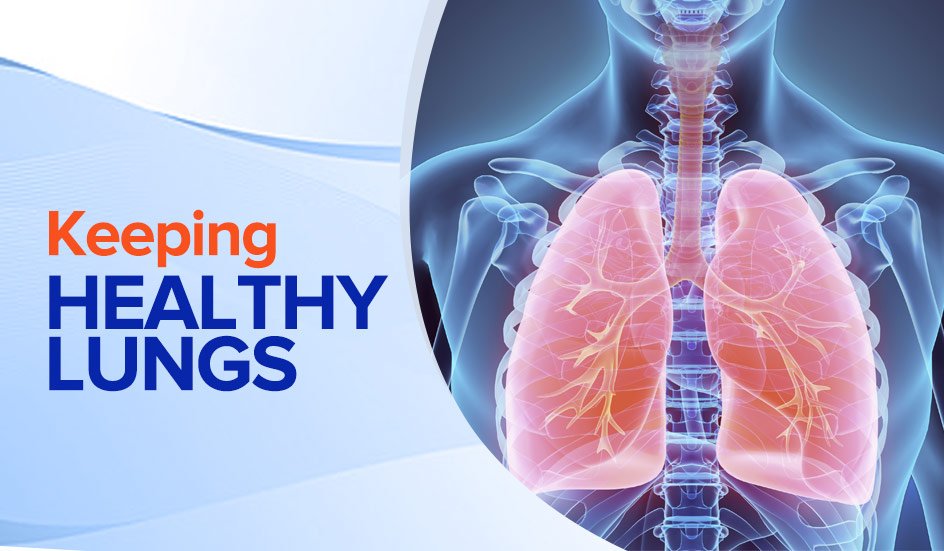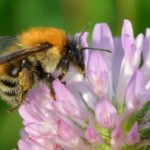Recovering from a serious illness like pneumonia can take time, especially when it comes to restoring your respiratory health. To strengthen lungs after pneumonia, it’s important to follow a structured recovery plan that includes targeted breathing exercises, lifestyle changes, and healthy habits. These steps can help improve lung capacity, reduce fatigue, and speed up your overall healing process.
✅ Best Lung Exercises to Strengthen Lungs After Pneumonia
- Deep Breathing: Inhale slowly and deeply through your nose, hold the breath for 5 seconds, then exhale slowly. This helps reopen lung air sacs.
- Diaphragm Breathing: Lie on your back, place a hand on your abdomen, and breathe deeply so your stomach rises. Focus on expanding the lower lungs.
- Huff-Coughing: Take 3–5 deep breaths, then do a forceful “huff” cough to clear mucus without straining your lungs.
- Pursed Lip Breathing: Inhale through your nose, then exhale slowly for 6 seconds through pursed lips. This technique helps control breathing and improve oxygen exchange.
🚫 Avoid smoking and alcohol, as they can hinder your lung recovery and increase the risk of complications.
Performing Breathing Exercises to Strengthen Lung Function
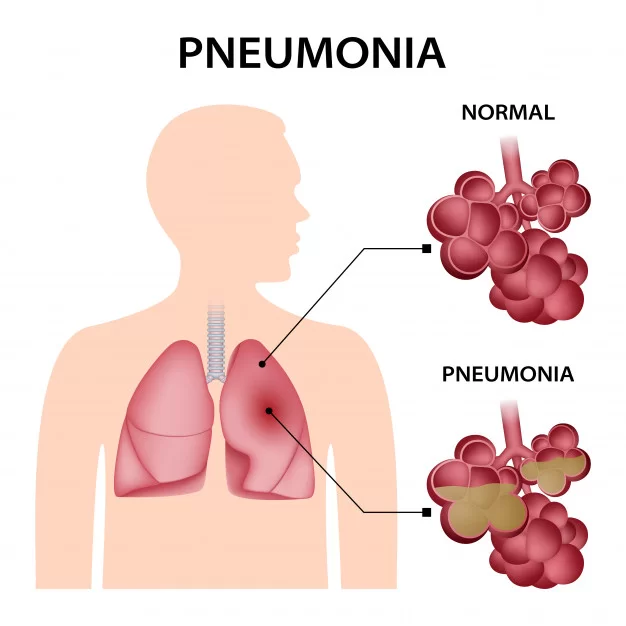
Practice deep breathing. Deep breathing helps to recover lost lung capacity. Begin either in a sitting or standing position. Place your hands on your waist and relax. Inhale as much air as possible. When you reach the maximum capacity of your lungs, hold your breath for 5 seconds. Exhale as much air as possible. Make sure that you exhale slowly and empty the lungs completely or as much as your health level permits.
- Repeat the procedure 10 times in each set. It is advisable to do 3-4 sets of deep breathing exercises throughout the day.
To strengthen lungs after pneumonia, one effective technique is pursed-lip breathing. This method helps increase oxygen intake and reduce carbon dioxide levels in the lungs. It also promotes better airflow and lung efficiency during recovery. To begin, relax your entire body in either a seated or standing position. Inhale gently through your nose for about 3 seconds. Then, purse your lips as if you’re about to whistle or kiss someone, and slowly exhale for around 6 seconds. Practicing this regularly can strengthen lungs after pneumonia by improving breathing control and reducing shortness of breath.
- Repeat the procedure. Pursed-lip breathing is done when the patient has shortness of breath. This breathing exercise should be repeated until shortness of breath is diminished
Try breathing from your diaphragm. The diaphragm is the muscle that pushes and pulls air in and out of the lungs. Start by lying down on your back and bend your knees. Place one of your hands on your belly and another hand on your chest. Take a deep breath. Let your belly and lower rib cage rise while making sure that the upper chest cavity won’t move. This is the challenge you need to overcome in diaphragm breathing. Inhaling should take about 3 seconds. Exhale for 6 seconds. You need to purse your lips as well to better control your breathing.
- Repeat the whole procedure. At first, this exercise might be difficult for you. However, more practice and repetition of this exercise can train the diaphragm and will eventually increase your lung capacity. As time passes by, diaphragm breathing will become easier.
Practice huff-cough breathing. Doing huff-cough breathing will help eliminate bacteria and respiratory secretions by triggering the cough reflex. Sit down or elevate the head of the bed if you can’t get up. Relax and prepare yourself. To do the huff-cough exercise:
- Step 1: Perform 3 to 5 deep breathing exercises. Combine your breathing with the pursed-lips and diaphragm breathing exercises. Push out air as if you are coughing. When you have done 3-5 cycles of deep breathing, open your mouth but do not exhale yet. You need to hold your breath, tighten your chest and abdomen.
- Step 2: Force air out from the lungs in a fast manner. If you have done this correctly, you will elicit the cough reflex and loosened secretions stuck within your respiratory tract. If phlegm comes out, spit it out and repeat the whole procedure.
Lifestyle Changes to Strengthen Lungs After Pneumonia
To strengthen lungs after pneumonia, staying well-hydrated is essential. Adults should aim to drink at least 8 glasses of water daily. For children, the appropriate amount depends on their body weight. Water helps thin the mucus in the lungs, making it easier to clear through coughing. This mucus removal supports better breathing and lung function. Consistent hydration is a simple but powerful step to strengthen lungs after pneumonia and aid your respiratory recovery.
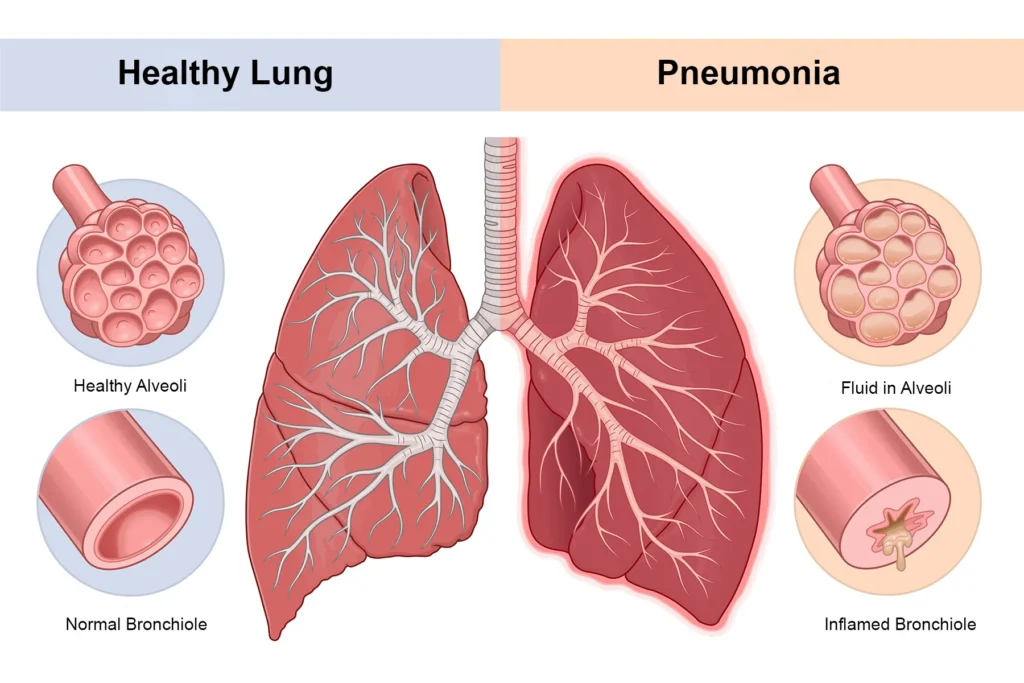
Exercise regularly. Regular exercise and physical fitness training helps our pulmonary system cope with disease. For most individuals who exercise at sea level, the lungs saturate arterial blood with oxygen more effectively than those who don’t. This means, if there is breathing limitation due to exercising at high altitudes, or asthma or other types of chronic obstructive pulmonary disease, those who actively exercise may need extra help with ventilation such as an inhaler. Always check with your doctor before starting a new exercise routine, especially if you are older or have other medical conditions.
- Walking, running, swimming, and cycling are all excellent ways to restore your lungs’ strength. Before you exercise, begin by stretching and bending. Each exercise session should last about 20 to 30 minutes. Stop if you feel short of breath or have palpitations.
- Even just going for a walk outside can make a difference
Quit smoking. Smoking is known for being dangerous to health. It is even worse for you if your lungs have been stricken by pneumonia. One effect of nicotine is constriction of the terminal bronchioles of the lungs, which leads to airflow resistance into and out of the lungs. When you are already having trouble breathing, you certainly don’t want your lungs to become even more constricted.
- Nicotine also paralyzes the cilia, or the hair-like projections found in the cells that line the airways. Cilia help remove excess fluids and particles–paralyzing them will stop them from helping you remove excess fluids in your airways caused by your pneumonia.
- Another effect of smoking is the irritation from the smoke itself which causes increased fluid secretion into airway passages.
Take your antibiotics as prescribed. Even when you think you’re all good, you shouldn’t stop taking your antibiotics unless your doctor tells you to do so. People who suddenly stop taking these meds or who do not take their meds on time put themselves at risk for drug resistance. This means antibiotics may not be as effective as they could have been if you don’t follow your doctor’s prescription.
Get enough vitamins and minerals. Good nutrition helps fight illness and a good balanced diet can give you the vitamins and minerals you usually need. For a little boost, intake of multivitamins or a tablet of Vitamin C once a day may help your immune system. Before starting any new vitamins and supplements, check with your healthcare provider.
- Adequate amounts of vitamins such as A, B complex, C, E, folic acid, and irons such as iron, zinc, selenium, and copper are required. These vitamins and minerals act as antioxidants and help the immune system fight diseases, especially infectious ones like pneumonia.
- Zinc sulfate is helpful in the reepithelialization, or in the repair of the lining of your airways.
- Vitamin D and beta-carotene supplements can also boost your immune system.
Preventing Relapse
Stop drinking alcohol while you are recovering. Alcohol may decrease sneezing and coughing reflexes needed to remove mucus from the lungs, interferes with antibiotics or other medicines like those taken during a bout of pneumonia
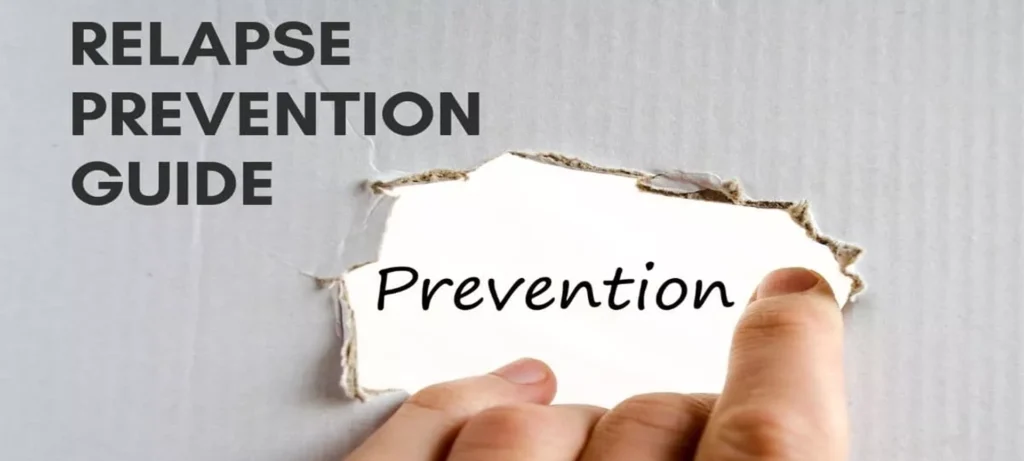
Keep up to date on vaccinations. There are several vaccines that are available to prevent the occurrence of pneumonia. Pneumococcal and influenza (flu) vaccines are examples of those that can be given. Some vaccines are routinely administered to children, however, in certain circumstances, vaccines may also be recommended to adults.
- There are two types of influenza or flu vaccine of vaccines. One of them is the “flu shot”, which contains a killed influenza virus that is administered to a muscle using a syringe. It is given to those older than 6 months, including healthy people and people with chronic medical conditions.
- The other one is the nasal-spray flu vaccine, which contains live, weakened viruses. Because the viruses are weakened, they will not be strong enough to cause disease, but our body will be able to produce defenses against them. It is approved for use in healthy non-pregnant people who are 2-49 years old.
Cover your mouth when you cough or when someone coughs. Covering your mouth when you cough or someone else does will help you to avoid sharing germs, making it less likely you will get pneumonia again. It is also important to wash your hands anytime you are around someone who is coughing or sneezing.
- Ways to cover your mouth and nose include using tissue paper, your upper sleeve, or wearing a face mask.
Wash your hands regularly. We can get and spread pathogens (disease-causing microorganisms) from our hands because we use them to cover our mouth when coughing, turn door knobs, handle food, rub our eyes and hold our children. Without washing, pathogens multiply on our hands and spread to everything we touch. The proper handwashing technique as prescribed by the Centers for Disease Control and Prevention (CDC), is as follows:[20]
- Wet your hands with clean, running water.
- Apply soap and lather the backs of your hands, between your fingers, and under your nails by rubbing your hands together.
- For at least 20 seconds, scrub your hands.
- Rinse your hands well under clean, running water.
- Dry your hands.
Clean things that you often touch regularly and thoroughly. As mentioned in the previous step, our hands are effective in spreading pathogens so cleaning objects that our hands usually touch will also prevent the spread of disease.
- Things that you should clean include: doorknobs, light switches and remote controls.
